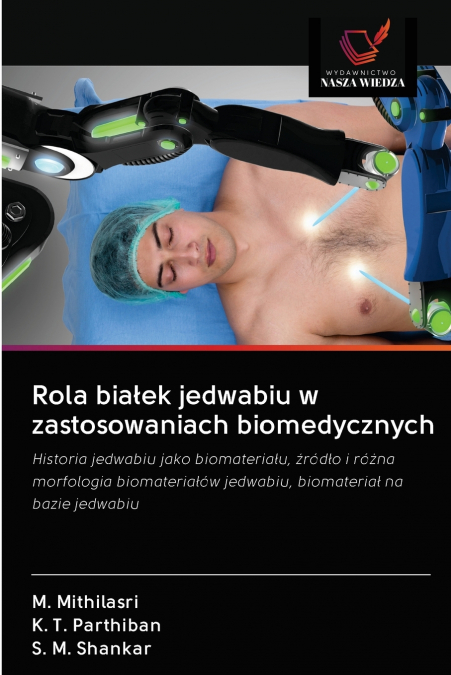
K. T. Parthiban / KTParthiban / M. Mithilasri / MMithilasri / S. M. Shankar / SMShankar
Jedwabie są naturalnie występującymi polimerami, które od wielu stuleci stosowane są klinicznie jako szwy. W przypadku naturalnego wytłaczania z owadów lub robaków, jedwab składa się z białka rdzenia włókna, nazywanego fibroiną, oraz powłoki klejopodobnej składającej się z białek serycyny. Niedawno zregenerowane materiały jedwabne zostały użyte do stworzenia różnych biomateriałów, takich jak żele, gąbki i folie do zastosowań medycznych. Ze względu na biokompatybilność, powolną degradowalność i niezwykłe właściwości mechaniczne materiału, w szczególności jedwabna fibroina jest coraz częściej badana pod kątem nowych zastosowań biomedycznych. Ponadto, zdolność do kontrolowania struktury molekularnej i morfologii poprzez wszechstronne możliwości przetwarzania i modyfikacji powierzchni, zwiększyła przydatność tego białka w szeregu zastosowań biomateriałowych i inżynierii tkankowej, takich jak kości, więzadła i chrząstki, jak również tkanki łączne, takie jak skóra. Obecnie na rynku dostępne są komercyjnie biomateriały na bazie jedwabiu, takie jak SERI® Surgical Scaffold, Silk surgical mesh, Silk suture, Restylane silk oraz Silk road embolic protection system. Nadal istnieje wiele możliwości zbadania jedwabiu jako biomateriału.